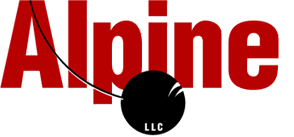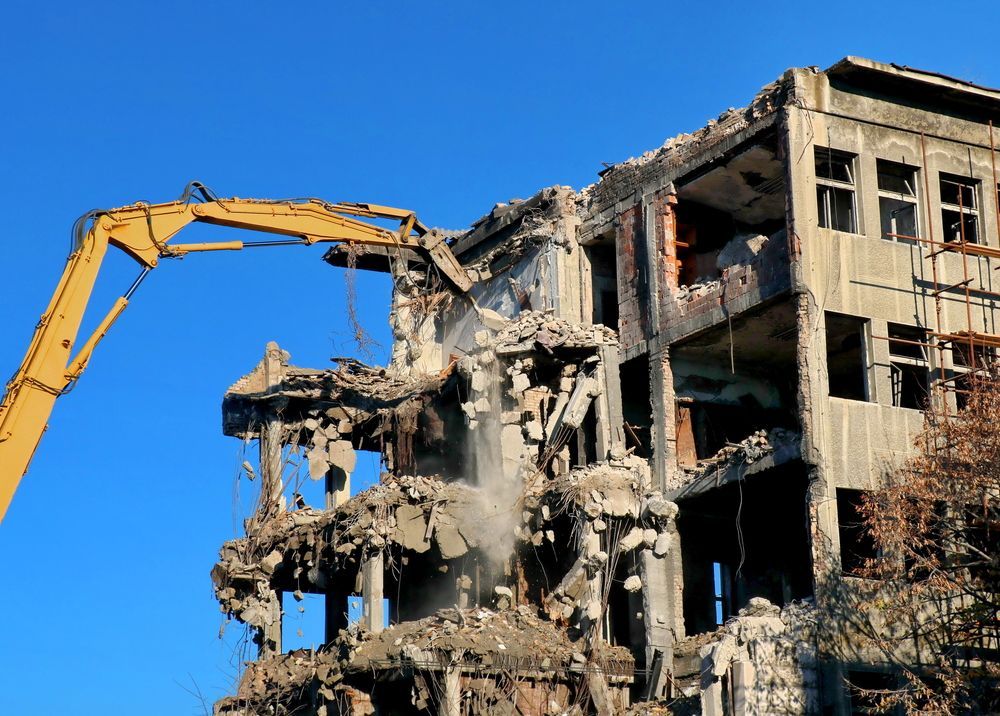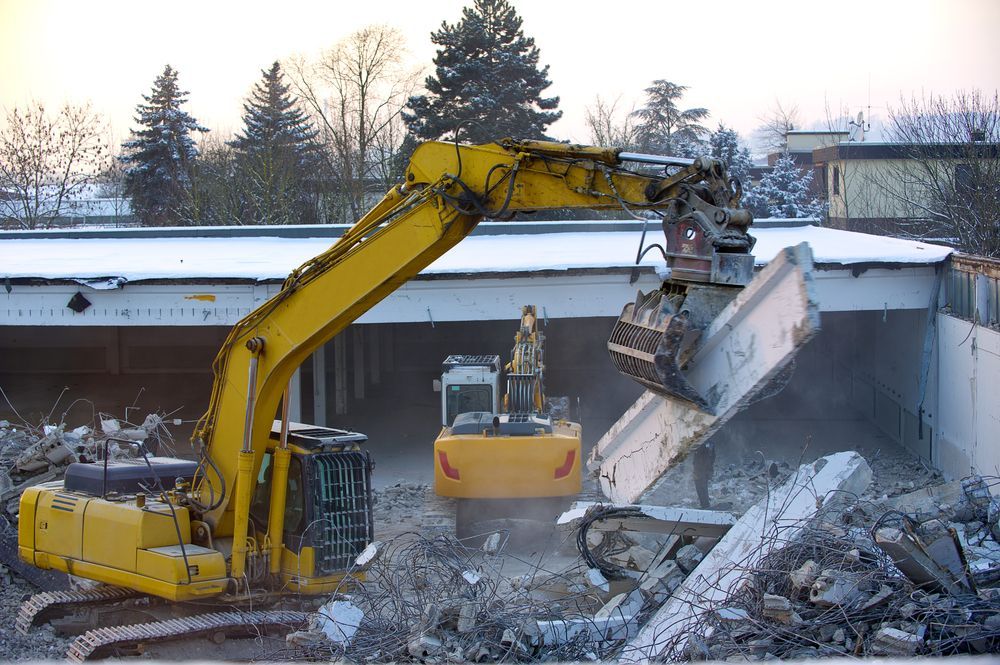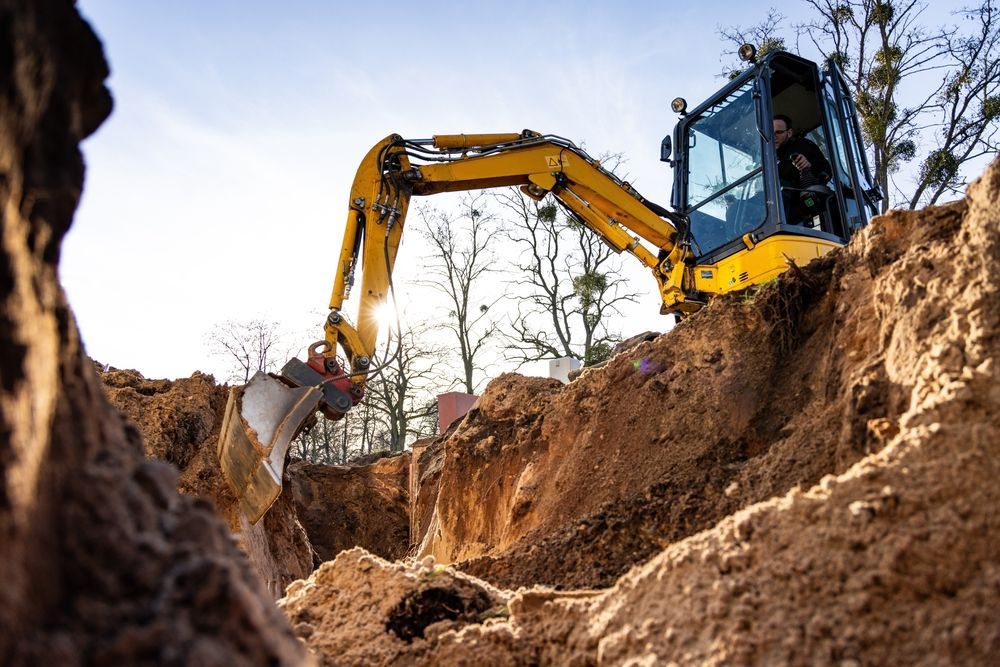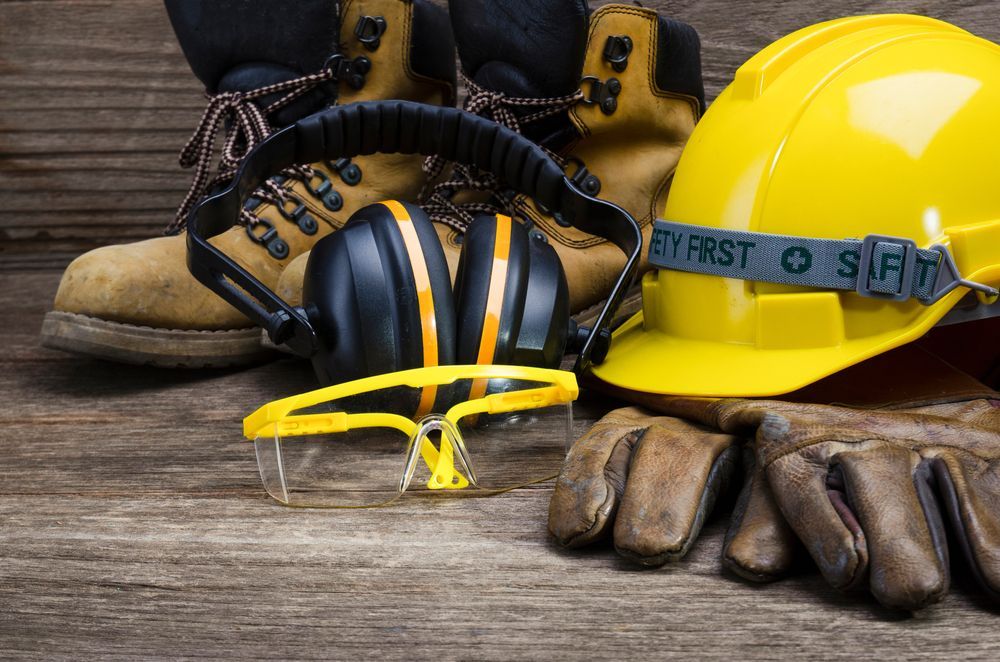
Your EMR is one of the most important metrics when it comes to safety and dictating several safety-related aspects of your firm, such as the price of workers’ compensation insurance premiums. EMR stands for “Experience Modification Rating” or “Experience Modifier Rate.” A good EMR can help you gain more work and save money on insurance premiums. A poor EMR, conversely, can do the opposite.
So, just what is an EMR rating exactly? In this post, we’ll discuss everything you need to know about an EMR rating and why you should be dedicated to continuously improving upon your current score.
Why is an EMR Rating Important?
The best way to describe the importance of your firm’s EMR is to try to think of it as a “credit score” for your firm. Though EMR is measured in single digits compared to three digits for a credit score, the basic principles are similar in that owners use EMR to gauge “risk.” Instead of gauging an individual’s financial responsibility, EMR gauges risk as it pertains to safety and the potential for accidents on the job site.
For example, the average EMR is 1.0 – and this means that the construction or
demolition firm is no more or less risky than any other firm. A 1.0 rating tends to be considered “good,” or safe. An EMR higher than 1.0 and your firm is considered risky or “below average” when it comes to its safety. Anything below 1.0 and the firm is considered “above average” on safety.
So why is an EMR rating important? It’s critical for a couple of reasons:
- You have to present it when bidding work: Clients and partners want to see your EMR to gauge how safe of a firm you are and how seriously you take safety. If you have a below-average EMR, you could be passed up for work by a competing firm with a better EMR. Many owners have EMR standards that they require contractors to meet in order to work on their jobs. Back to the credit score example: Just as you could be denied a loan if your credit score is poor, you could be denied work if your EMR isn’t up to snuff.
- You could have trouble finding workers: Skilled trades workers don’t want to work for just any contractor, they want to work for a firm that takes the safety of its people seriously. And being that there’s a shortage of skilled trades workers right now, they can pick and choose what firms they’re employed by. When push comes to shove, many are more likely to select a firm with a better EMR as it demonstrates a commitment to the safety of its people.
- A bad EMR can cost your firm (literally): As we noted in the intro, EMR is also contingent on insurance costs. The higher the EMR, the more you’re likely to pay out on insurance premiums. For instance, if your firm has an EMR of 1.2, you could be paying 20 percent more on premiums than if your EMR was the average 1.0. Again, a poor credit score is likely to come with higher interest rates on loans (if you’re even approved in the first place) compared to an average or good score. The same can be said about EMR when it comes to overhead insurance costs.
How is EMR Rating Calculated?
EMR is calculated based on the data that your firm reports to the National Council on Compensation Insurance (NCCI) versus the data that every other firm in the industry reports to the entity. It’s typically gauged based on data that has been reported over the past five years, though only the previous three years are considered in determining the EMR.
How to Boost EMR
Just as it’s important to boost your credit score to save money on interest rates when taking out loans, a good EMR can save money on overhead insurance costs and potentially even qualify your construction firm for work that you may have not been considered for before. So how do you boost your EMR? It all starts with doubling down on job site safety. Remember, your EMR is based on data that your firm reports to the NCCI, so if you’re able to decrease what you’re reporting out in terms of workers’ compensation compared to other construction firms, you’ll likely benefit with a better EMR.
Here’s a look at some safety strategies to deploy on the job site:
- Make safety a part of your firm’s culture: If you’re serious about a good EMR, then you should also be serious about safety. There are likely always going to be incidents in a high-risk environment like construction, but the measures you take can significantly influence how frequently (or infrequently) they occur. Commit to continuous improvement with your safety program and regular training. Review any incidents and near-misses with your team and use them as learning opportunities. Make sure any morning safety huddles are done with content relevant to activities on site that day.
- Adopt safety technology: Advanced technology like wearables and smart devices can help protect workers and prevent emergency situations on site. While you may need to get buy-in from the workforce to truly embrace these safety technologies, they can make a significant difference over the long term.
- Practice your site emergency action plan: In the event of an emergency, the last thing you should want on your site is a chaotic situation where one incident turns into several. That’s where establishing and practicing your site-specific emergency action plan can come in handy. We suggest doing it at least twice a year.
Contact Alpine Demolition Today
For more information on the importance of the EMR,
contact Alpine Demolition today. As a demolition firm committed to job site safety, our EMR is above average and something that we’re always striving to improve.
3515 Stern Ave, St. Charles, IL 60174
(630) 761-0700
Office Hours
Mon - Fri: 8:00 am - 4:30 pm
Sat - Sun: Closed
Website imagined and executed by RivalMind.
Quick Links
Stay Connected with Alpine:
Sign-up to receive regular news updates from Alpine Demolition.
Newsletter Email
We will get back to you as soon as possible.
Please try again later.

